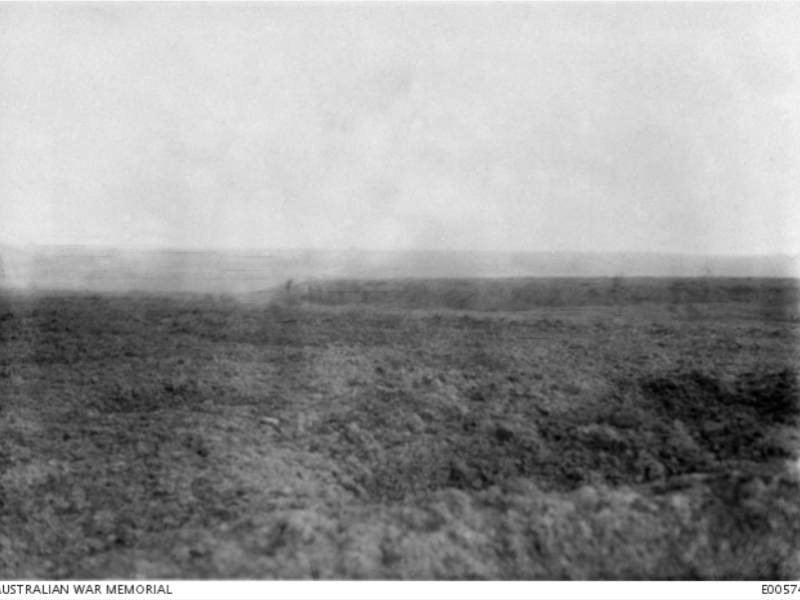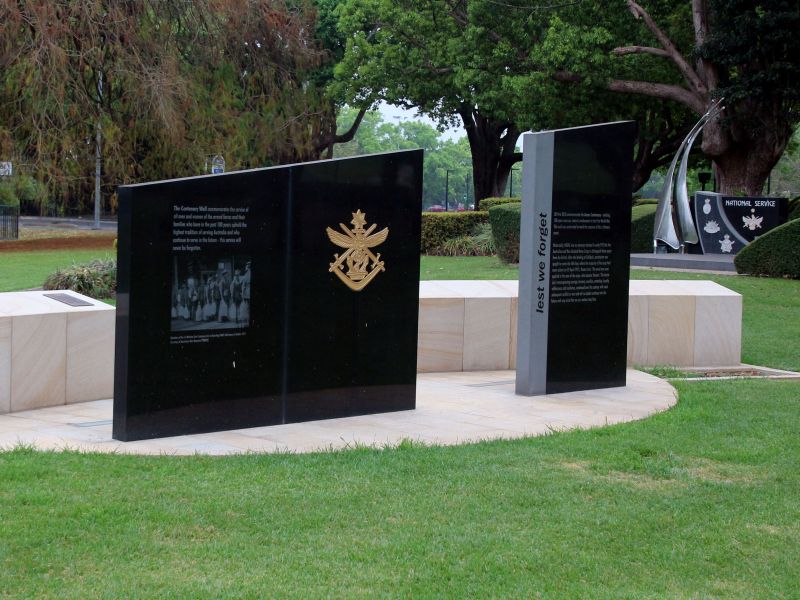Private Harold Dean Anderson, 15th Battalion, AIF
Harold Anderson, known as “Halv” to his mates, was born on 2 February 1898 to John and Clara Anderson of Toowoomba, Queensland. Harold’s father was a well-known identity in Toowoomba, having run a grocery on Ruthven Street for 35 years.
Harold was educated at the South State School, and worked his way up to the rank of sergeant in the local militia forces in Toowoomba. He was described as a bright young man, “one of those lads whom to know was to love. His disposition was bright, and the quiet and unassuming manner always displayed by him endeared him to all who knew him.”
Harold Anderson was desperate to go to war, with reports suggesting that “had his age permitted, he would have been one of the first to enlist from Toowoomba.”
Rather than put his age up, however, he waited to enlist until five days after his 18th birthday in February 1916. He left for service 15th Battalion reinforcements in August 1916.
Anderson left Australia with a provisional rank of corporal, which reverted to private when he reached England. He arrived at the battlefields of northern France in December 1916, in the middle of the coldest winter in more than 30 years. Within a month he fell sick with tonsillitis, and spent ten days in hospital recovering.
Private Harold Anderson rejoined the 15th Battalion on the front line on 19 January 1917. A few days later, they moved into the front line near Guedecourt to relieve the 46th Division.
It had been snowing before the move, and there was a hard frost on the ground. Despite the bitter cold, the artillery of both sides was active, seeking out each others’ trenches and strong points. Artillery was still an inexact science, and the quieter months of the year were a good opportunity to test the range and accuracy of the guns, as well as harass the enemy.
On 27 January 1917, a 6-inch shell, assumed to be an Australian shell that fell short, landed in trenches held by the 15th Battalion, killing Captain William Nicholls and three others. Among the dead was Harold Dean Anderson, although his death would later be recorded as happening on the following day.
In all his letters home, Harold had written “most cheerfully and hopefully of returning” but it was not to be.
He and the other men killed in the blast were taken from the battlefield, and today they lie near each other in the Guards’ Cemetery at Lesboeufs, France.
Harold Anderson died just days before his 19th birthday.
Meleah Hampton, Historian, Military History Section
Image: A view of no man's land from our front line parapet, near Gueudecourt, in January 1917. The sunken road can be seen in the background.

 Australian War Memorial
Australian War Memorial